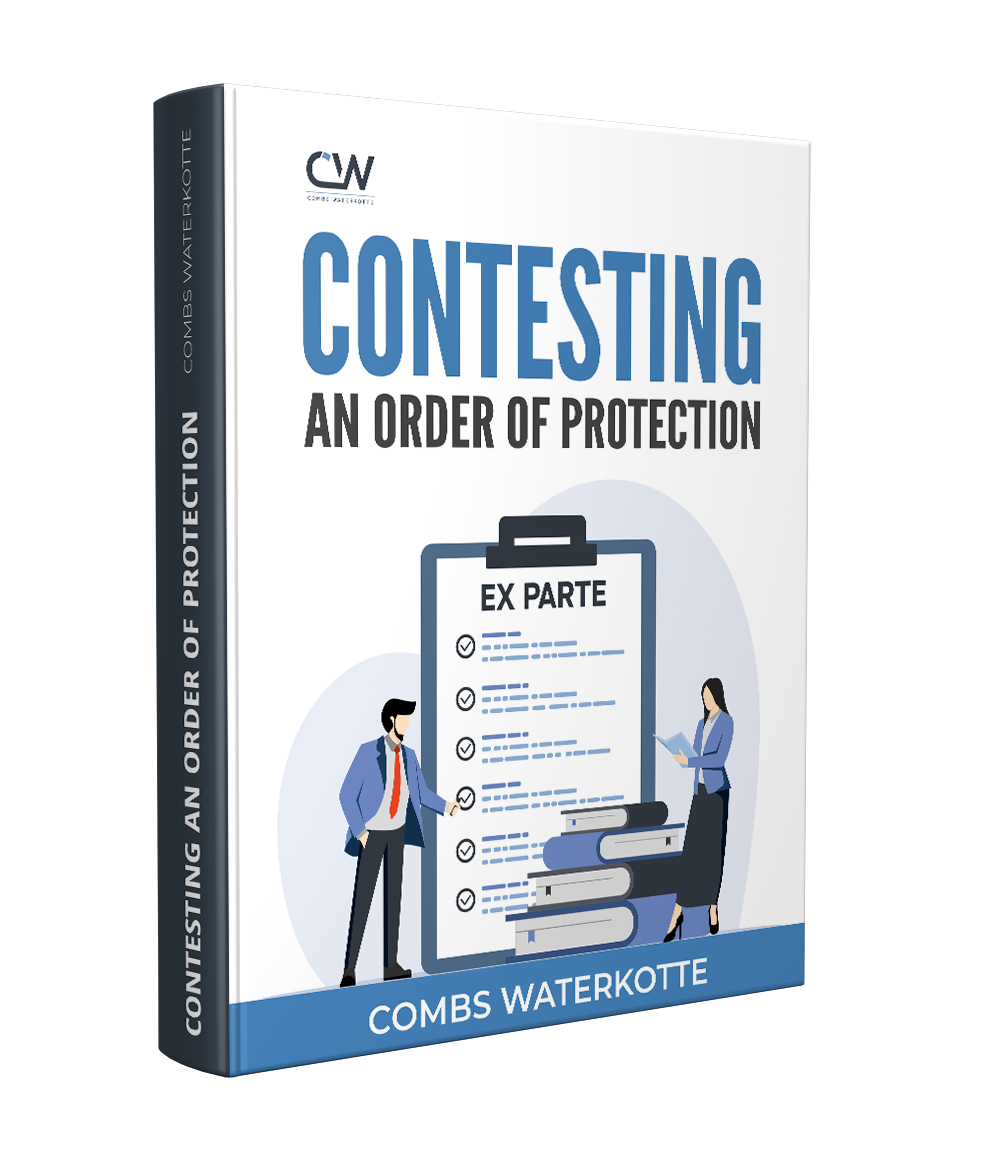What Happens After an Ex Parte Order of Protection Hearing in Missouri? In Missouri, an ex parte hearing is held when someone files for an emergency order of protection. This is a temporary measure, designed to provide immediate protection until a full hearing can take place (typically within 15 days of the ex parte order being served). The ex parte order is granted without the respondent being present, which is why it’s called “ex parte.”
At the hearing, your order of protection defense lawyer will present evidence (such as text messages) and cross-examine witnesses (such as the petitioner), arguing that the full order should not be granted. After the ex parte hearing, the judge will either grant or deny the full order, determining the future course of legal action for both the petitioner (the person requesting the order) and the respondent (the personal who has been served with an order of protection).

Judge’s Decision on the Ex Parte Order
After the ex parte hearing, the judge will make a decision based on the evidence presented by the petitioner. If the judge finds that the petitioner is in immediate danger or at risk of harm, they will likely grant the ex parte order of protection. This decision is often based on factors such as the severity of the threats or violence described in the petition.
Under Missouri Revised Statute §455.035, a judge can grant the ex parte order if they find there is “good cause” that there is an “immediate and present danger of domestic violence,” harassment, stalking, or sexual assault. If granted, the ex parte order is effective immediately, but it is temporary.
The order usually includes restrictions, such as:
- Prohibiting the respondent from contacting the petitioner
- Requiring the respondent to stay away from the petitioner’s home, workplace, or other specified locations
- Addressing issues like child custody or property disputes, especially if they involve shared spaces or children
If the judge denies the ex parte request, no immediate protection is granted, but the petitioner can still proceed to a full hearing to seek a more permanent protective order.
Notifying the Respondent of the Ex Parte Order of Protection
If the ex parte order is granted, the respondent must be officially notified. This is done through service of process, where the respondent is served with a copy of the ex parte order along with a notice of the upcoming full hearing. You must immediately comply with the restrictions laid out in the order; not doing so increases the likelihood that the full order will be granted.
At this point, the respondent has not yet had the opportunity to tell their side of the story, but they will have the chance to do so during the full hearing. Violating the terms of the ex parte order, even if the respondent disagrees with it, can result in criminal charges and serious legal consequences.
Preparing of the Full Order of Protection Hearing
After the ex parte hearing, the court will schedule a full hearing within 15 days. This hearing is where both the petitioner and respondent can present their cases, and the court will decide whether to issue a full order of protection. This order can last up to one year and can be extended in some cases.
The petitioner will need to provide more detailed evidence at the full hearing to justify why a longer-term order of protection is necessary. This may include police reports, medical records, text messages, emails, or witness testimony.
The respondent (and their restraining order defense attorney) has the opportunity to challenge the petitioner’s claims. They can present their own evidence, call witnesses, and cross-examine the petitioner to dispute the allegations. Respondents should take the hearing seriously. Never walk into an order of protection hearing without an attorney by your side.
If the respondent does not attend the full hearing, the court will likely grant the full order of protection in their absence.
Two Outcomes of the Full Order of Protection Hearing
At the full hearing, the judge will either dismiss the ex parte order or convert it into a full order of protection.
If the court finds that the petitioner’s claims do not justify a longer-term order, the ex parte order will be dismissed, and the respondent will no longer be under any restrictions.
If the court believes the petitioner remains in danger, a full order of protection will be issued. The terms of the full order may be similar to those of the ex parte order but can also include additional restrictions, such as more defined limits on communication or shared property access.
Once the full order is issued, violating it can lead to even more severe penalties, including felony charges.

Free book
Telling Your Side of the Story: Contesting an Order of Protection
We specialize in defending individuals served with orders of protection in Missouri. We’ve published this ebook to help you understand the process, build a solid defense, and protect your rights.
Served With an Order of Protection? Call Combs Waterkotte
After an ex parte hearing, the legal process moves quickly. If you’ve been served with an ex parte order of protection, it’s essential to understand your rights and responsibilities as you prepare for the full hearing.
Having experienced legal representation can make all the difference in protecting your rights. Don’t wait until the full hearing—start preparing now to give yourself the best chance of a favorable outcome.
If you’re facing an ex parte order or preparing for a full hearing, contact us online or call (314) 900-HELP for a free consultation.






